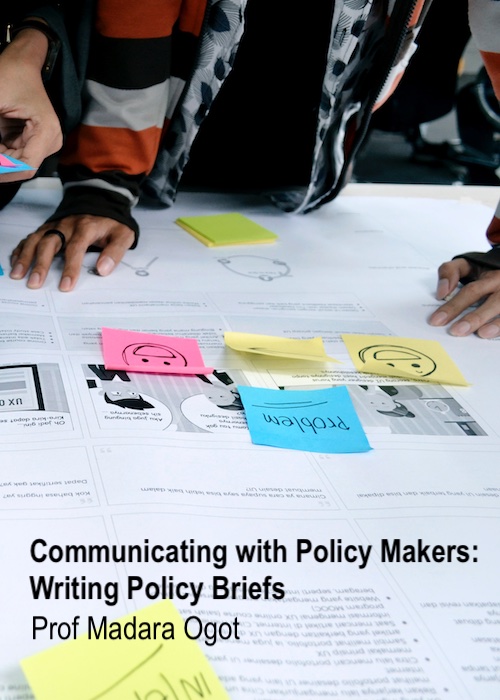Submissions
Submission Preparation Checklist
As part of the submission process, authors are required to check off their submission's compliance with all of the following items, and submissions may be returned to authors that do not adhere to these guidelines.- The manuscript has followed the author guidelines and does not exceed 1,500 words; the title does not exceed 10 words.
- The submission file is in OpenOffice or Microsoft Word.
- The text is single-spaced; uses a 12-point font; all illustrations and figures are not include in the text but shall be uploaded as separate files; and there are no tables.
- Manuscript striclty follows the stylistic and bibliographic requirements outlined in the Author Guidelines.
- Where graphs are include, the raw data has been provided in a separate spreadsheet file to enable recreation in the publication's format.
Copyright Notice
Copyright is retained by the authors. Readers are welcome to reproduce, share and adapt the content without permission provided the source is attributed.
Privacy Statement
The names and email addresses entered in this journal site will be used exclusively for the stated purposes of this journal and will not be made available for any other purpose or to any other party.


